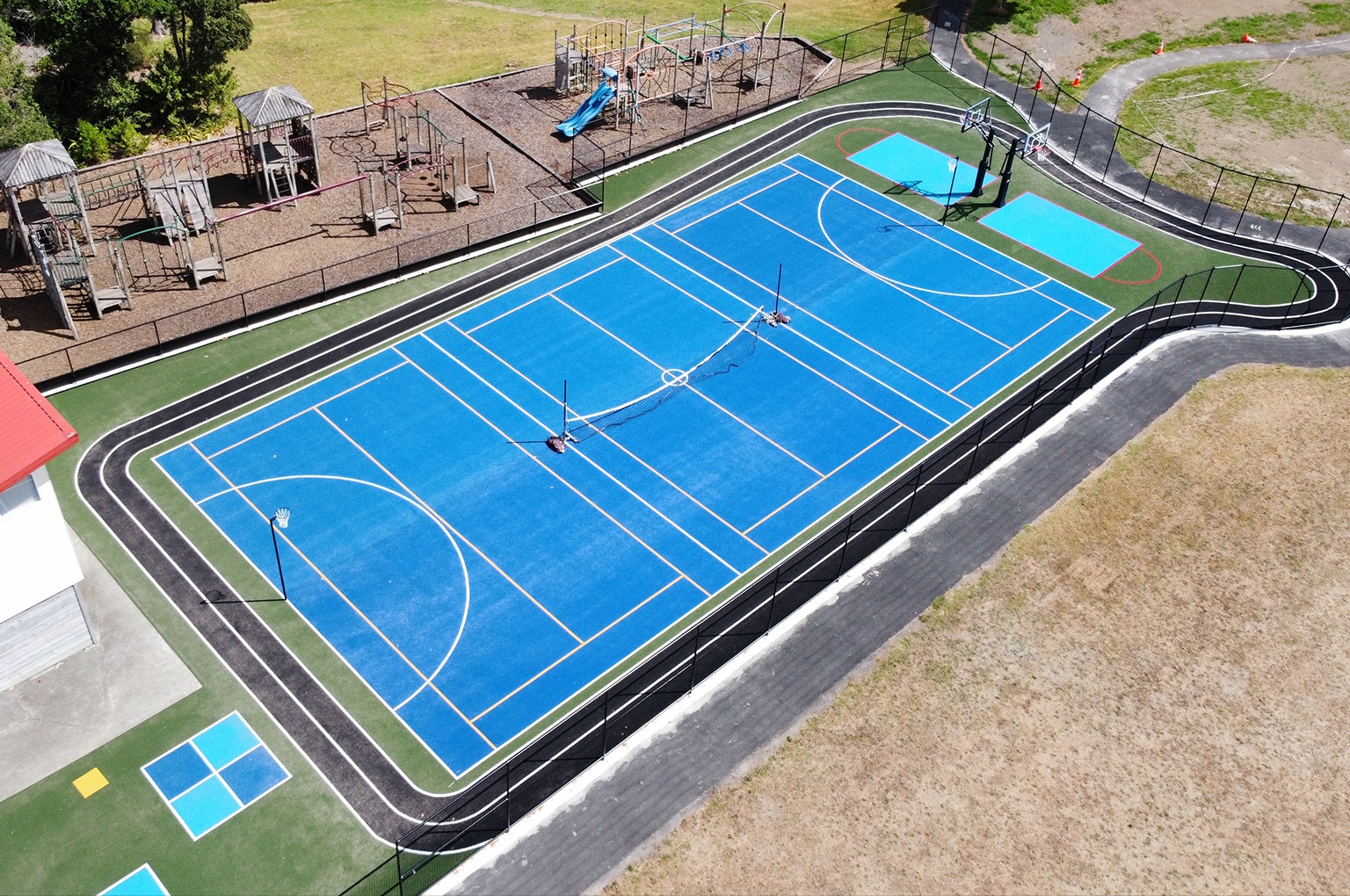

Artificial turf lets commercial operators turn unused spaces into attractive features that can also generate revenue. With the right design, a multi-purpose putting area becomes both a practice spot and a landscape asset that adds value. Unlike single-use amenities, turf systems support casual play, events, and daily guest enjoyment, all while keeping maintenance costs down.
For owners and managers, designing a putting area means more than just laying down artificial turf. You need to check if the project is feasible, understand insurance needs, and choose materials that will last.
This in-depth guide covers every stage of artificial turf retrofit planning, from assessing existing surfaces through to aftercare contracts. By following these steps, you can create a venue asset that appeals to tenants, guests, and revenue managers alike.
Start every putting area design with a clear goal. Are you looking to improve guest amenities, offer private event rentals, or boost the property’s value for leasing? Your answer will guide choices about the surface, aftercare, and extras like fencing and lighting.
Setting clear goals from the start helps you avoid costly changes or project delays later on.
Before any installation, it is essential to evaluate the structural readiness of the area. Rooftops, courtyards, and podium slabs all present unique load and access challenges. GameOn Turf provides support in these early assessments, helping managers identify hidden risks before construction begins.
Key factors to assess include:
Working with an experienced installer helps you avoid structural problems and makes sure your project meets safety and engineering standards.
It’s important to make sure your project follows all rules. Check if you need local permits, changes to insurance, or if the retrofit affects tenant leases.
Talking to insurers and council staff early can help you avoid delays and unexpected costs later.
The performance of an artificial turf putting green depends heavily on its drainage system. Retrofitting onto an existing slab, podium, or rooftop requires careful design to prevent ponding and extend surface life.
Specialists can help make sure your design handles local rainfall and avoids long-term problems like moss or mould.
Plan your retrofit in stages to keep tenants and guests happy. Long closures can hurt your revenue and impact lease agreements.
GameOn Turf project managers plan each stage to work quickly and keep disruption to a minimum, so tenants have as little downtime as possible.
The choice of turf dictates both the play experience and the long-term reliability of the installation. Commercial venues need systems that withstand frequent use, maintain ball roll, and resist wear.
Factors to specify include:
By balancing these elements, venues can provide realistic play while meeting expectations for low-maintenance turf in NZ.
Safety and liability are key concerns for commercial installations. A well-designed fencing system prevents golf balls from leaving the area and reduces risks for neighbours and passersby.
GameOn Turf supplies turf fencing solutions designed for commercial venues, combining strength with minimal visual disruption.
A retrofit is not complete without considering how the space will operate during events or casual use. Seating, service areas, and storage convert a simple putting area into a flexible, revenue-ready venue.
Integrating these features from the start avoids future retrofits and helps staff manage quick venue changeovers.
Artificial turf requires less care than natural grass but still benefits from routine maintenance. A service level agreement (SLA) with a supplier provides structure for ongoing care.
GameOn Turf offers aftercare packages designed to make your turf last longer and keep play quality high all year round.
Managing liability is essential for commercial operators. A structured incident response plan helps staff handle accidents quickly and protects against insurance disputes.
Include:
These measures reduce operational risk and ensure smooth handling of insurance claims.
The final step of any retrofit is the handover process. Without proper training, staff may overlook routine checks that keep the area safe and playable.
This ensures continuity and reduces downtime in case of issues.
At GameOn Turf, we deliver complete artificial turf putting green systems for commercial venues. We handle everything, from early checks and assessments to final handover and ongoing care.
We provide turf, fencing, lighting, and seating that fit right into your space. Our aftercare covers moss and mould treatments, regular maintenance, and direct chemical supply, so property managers can trust their investment stays in top shape.
With over 100 years of combined experience, registered Master Landscapers on our team, and access to proven turf brands, we offer a complete solution tailored to the needs of commercial operators.
Installing a multi-purpose putting area takes careful planning, but the rewards go far beyond the surface. A good design improves guest experience, brings in steady hire revenue, and boosts long-term value. By setting clear goals, managing drainage and safety, and arranging aftercare, property managers can create a feature that pays off year after year.
At GameOn Turf, we’re here to help you every step of the way, from the first checks to ongoing care. With our experience, you can choose a surface that’s durable, easy to maintain, and appealing to tenants and guests.
Artificial turf remains the material of choice for these projects, offering durability, consistent performance, and a professional finish that integrates seamlessly into commercial spaces.